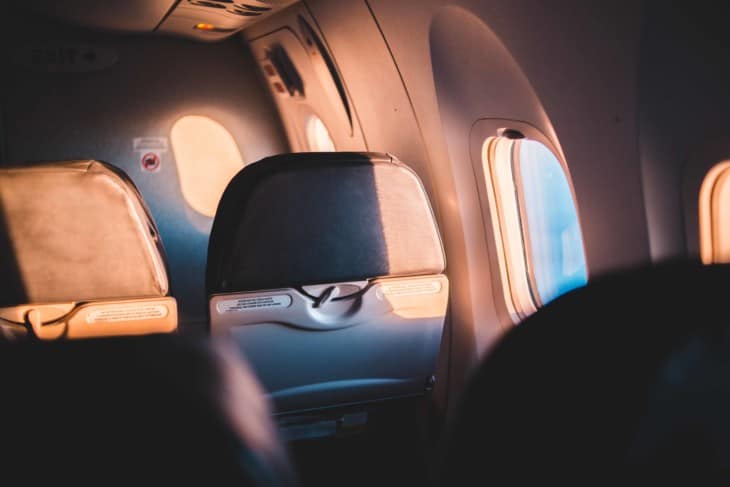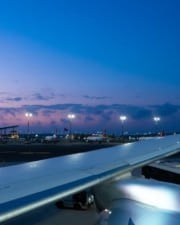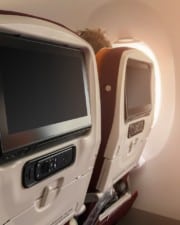Anyone that has been on a commercial flight has likely noticed that flight attendants often ask passengers to open the window shades during takeoff and landing. Do they just want passengers to enjoy the scenery or is there an important reason behind opening the windows?
TLDR – The shades or blinds need to be open during takeoff and landing to help passengers and crew adjust to the lighting outside. Takeoff and landing are when accidents are most likely to occur. During an emergency, passengers and crew will already be acclimated to the light or dark outside.
Why Do Airlines Open the Shades During Takeoff and Landing?
Opening shades helps the eyes adjust to the outdoor lighting conditions. The irises and pupils of the eyes adjust based on exposure to light. When a person is in a dark environment, their pupils widen to let in additional light. When a person is in a bright environment, their pupils grow smaller to block additional light.
Unfortunately, the pupils do not always adapt quickly to changes in lighting. It takes a moment for the eyes to adjust. After exposure to bright outdoor sunlight, it may take up to a half an hour to adjust to dim indoor lighting.
If an emergency occurs on the runway, passengers and crew may need to immediately evacuate the plane. Without adapting to outdoor conditions, they may not be fully aware of their surroundings. By opening the shades during takeoffs and landings, it may be easier for individuals to safely exit the plane.
Why Do Planes Turn the Lights Off When Landing?
Airlines require pilots to dim or turn off the lights during takeoff and landing for the same reasons that the shades need to be open. Turning off the lights allows the eyes to adjust to the lighting outside.
Dimming or turning off the lights also aids the pilots. Landing in the dark requires pilots to see runway signs and paths more clearly. By turning off the lights in the cockpit, the pilots’ eyes gradually adapt to the dark, allowing them to see their surroundings and safely maneuver the plane on the runway and taxiway.
Do You Need to Close the Window Shades on Long Flights?
On a long flight, the crew often asks passengers to close their window shades. However, this is a recommendation and not a requirement. The reason that the crew encourages passengers to close the shades is to allow other passengers to rest on long flights.
When traveling great distances, the plane may travel across multiple time zones. For example, a plane may start in a time zone where the sun has already set. If traveling west, the sun may be out when the plane lands. Keeping the shades closed inflight allows passengers to continue resting.
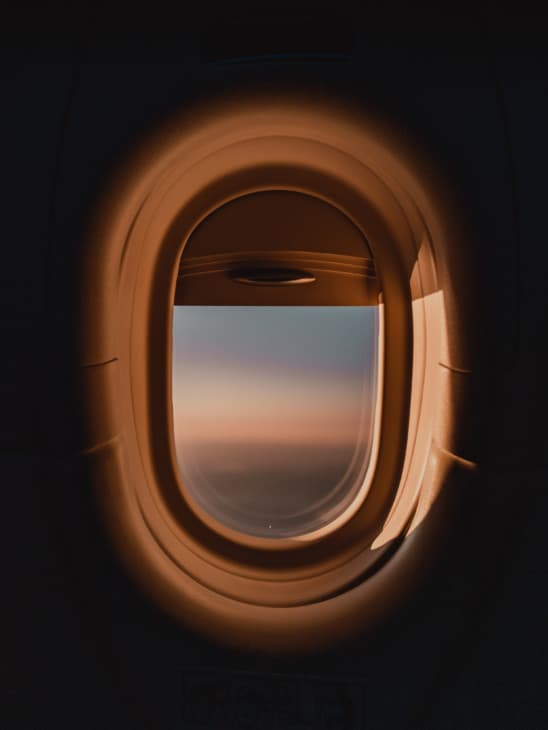
What Would Happen If a Window Opened on an Airplane?
If a window were opened on a typical commercial flight, the cabin would quickly lose pressure. Oxygen levels and temperatures would drop dramatically. Without oxygen masks, the crew and passengers would likely die.
Most commercial airplanes feature fixed windows that cannot be opened. However, small aircraft, such as the planes typically used for private flights, often have windows that can be opened or closed. Luckily, small aircraft rarely cruise at altitudes that require cabin pressurization.
Commercial aircraft typically cruise at an altitude of 35,000 feet. When a plane reaches 10,000 feet or higher, the air becomes significantly thinner. The thinner atmosphere has less oxygen. When the plane reaches the stratosphere at 35,000 feet, the air pressure is less than a quarter of its value compared to the air pressure at sea level. The temperature also drops to about -60-degrees Fahrenheit.
To maintain a safe environment, airplanes have special pressurization systems. With the help of bleed air from the engines, the cabin becomes pressurized to keep the oxygen levels and temperatures stable. Pressurization only works when the cabin remains airtight. Opening a window would eliminate the airtight seal, causing an immediate loss of pressure. The same would occur if someone were to open the door to the plane.
Why Should Seats Be Upright During Takeoff and Landing?
Putting your seat in an upright position is a requirement imposed by the Federal Aviation Administration (FAA). The FAA created this rule for several reasons.
Placing all the seats in an upright position makes it easier for passengers to evacuate the plane during an emergency. If a seat is left in a reclined position, the passengers in the row behind the reclined seat may struggle to maneuver around it.
The seats also need to be upright to protect passengers during a bumpy takeoff or landing. Leaving the seat in a reclined position increases the risk of the passenger behind the seat hitting their head during a sudden jolt.
The reclined passenger also faces a greater safety risk, as their head has further to travel before hitting the seat in front of them. With a greater distance to travel, the person’s head generates more force.
Putting the seats in an upright position is also necessary when bracing for impact. Passengers cannot brace for impact in a reclined position.
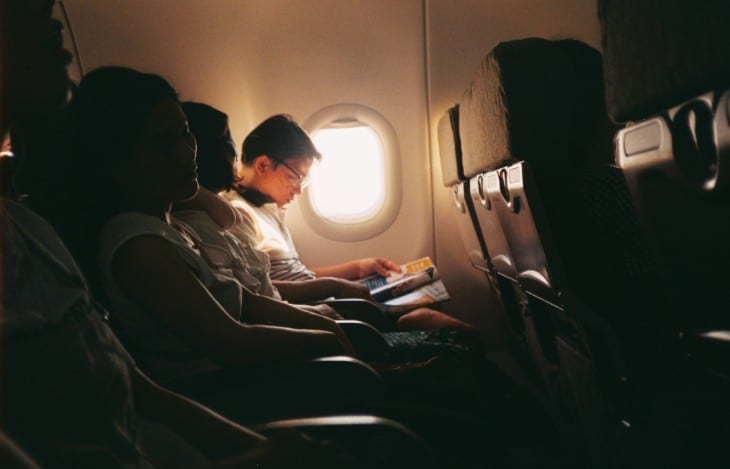
Do More Accidents Occur During Takeoff or Landing?
Most airplane accidents occur during takeoff and landing. A study completed by Boeing found that 49% of all fatal plane accidents happen during the final descent and landing. About 14% of accidents occur during takeoff and the initial climb.
When cruising at 35,000 feet, pilots have more time to handle mechanical failure and other emergencies. For example, if both engines fail, the plane does not immediately fall out of the sky. It begins to glide, losing about one mile in altitude for every 10 miles they travel. This typically gives pilots eight minutes or more to guide the plane to a landing spot.
Takeoff and landing pose greater safety risks, as pilots have less time and space to deal with emergencies. Pilots need to react quickly to emergencies during takeoff and landing. They are closer to the ground, giving pilots only seconds to correct their course or maneuver the plane.
While an airplane accident may seem scary, passengers have a 95% chance of surviving one. Fatalities are extremely rare, with just one fatal accident for every 2.5 million flights.
Related Posts
